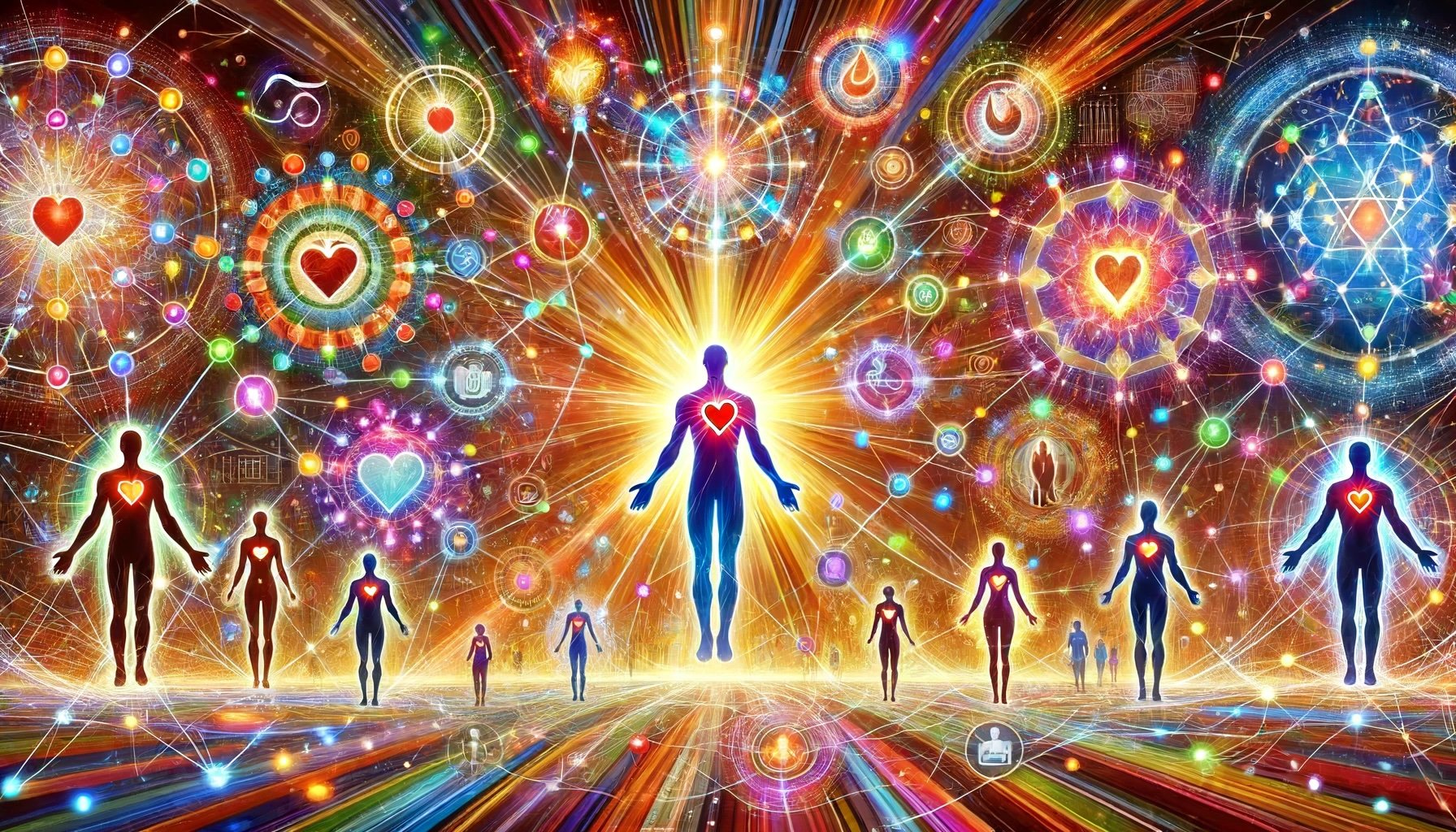Clarity Around Karma
Karma is one of those funny topics that is often discussed and little understood. I perceive karma very specifically: as any unresolved energetic relationship that a being has with any other being (and I use a broad definition of being here — one can have a karma with their car, for example). That means any type of attachment: any clinging, any craving, any aversion, with any person, object or concept.
Karma arises in response to past trauma, when we shattered and developed an unconscious movement pattern to manage or avoid the pain in the future. While a karma exists, the particular movement encapsulated by the karma (the reactive response to the trauma or unresolved energy) becomes unconscious — an action played out as though one is following a script. When our higher self (the higher-density portion of our consciousness) determines that we are ready to attempt to clear our karma, our higher self will introduce a similar situation into our experience in order for us to have an opportunity to recognize and clear the karma — to release the attachment. That is why karmic issues (unlearned lessons) tend to repeat themselves until learned, often with increasing energy.
At its core, the clearing of karma is a two step process: recognition that we are in a karma, and release of the attachment. Recognition arises from mindfulness. As we become more skillful in working with our internal reality, we become better able to recognize movements into karma as they are occurring. One helpful way to do this is noticing the feelings in our body that only arise when we are in a karma. For example, we only feel frantic when we are craving something. If you feel frantic, you are craving, and whatever you are doing will not end well.
The process of releasing attachment to the karma involves an infinite number and variety of tools. You can heal your karma by moving the energy directly, forgiving ourself and the other being(s) involved, understanding the context, grasping nuance, giving up the karma to the universe, changing the story, etc. Each of these movements is fundamentally a way of getting the energy to shift and the pattern to release.
Since karma is an energetic relationship between two or more beings, when we release a karma, we are also releasing it for the other beings involved as well. However, until we learn how to manifest with precision, healing our karma does not automatically heal the karma of others, although it does make it easier for them to choose to heal themselves.
Many people think of karma as some sort of universal scorecard, in which if you put out good energy, the universe returns good energy to you later in life, and if you put out bad energy, the reverse will eventually happen. When people think of this concept, they are really describing the Law of Attraction. We only experience energy with which we are energetically resonant. If we move with kindness, that is what we experience. If we move with cruelty, that is what we experience. Karma is the web of attachments that allows cruelty to exist in the first place. All of karma is unconscious movements of hiding, clinging, or shattering, arising from attachment. When we heal our karma, we cease our cruelty and become kind naturally. We are all Buddhas in our hearts, doing the best we can.
If my karma has put me into a situation that is causing me suffering, you can have karuna (compassion) for my suffering, and you can choose as a friend to take steps to help alleviate that suffering, but it is always my suffering, not yours. The only way it becomes your suffering is if you allow it to, by establishing a dependent connection with me, whereby your energy is artificially holding me up and allowing me to take an unwholesome stance towards my own growth by hiding from it or clinging to whatever stories I am telling myself.
You can have dependent connections with other people, with animals, with objects, with homes, with organizations, and with concepts; and those connections can be reciprocal, in which you are each holding the other up unwholesomely. Certain emotions, such as guilt, often arise when one is the energy provider in a dependent connection, even when one has done nothing wrong. For the energy receiver, the connection has a flavor of borderline personality disorder to it, where the recipient often desires the support and resents it at the same time, or takes it entirely for granted and simply leeches on the person. Recognizing and releasing dependent connections is a key to embracing your sovereignty. At its core, karma is dependent connections — unwholesome and largely unconscious attachments to concepts or beings.
The clearing of karma is greatly accelerated with the attainment of karmic enlightenment, which allows you to perceive karma as karma, as it arises. Once perceived, you can come into resonance with it by attending to the sensations arising in your body related to the karma, and letting them go. To learn more about karmic enlightenment and other transmissions, click here.
